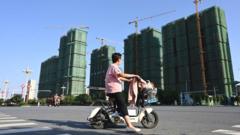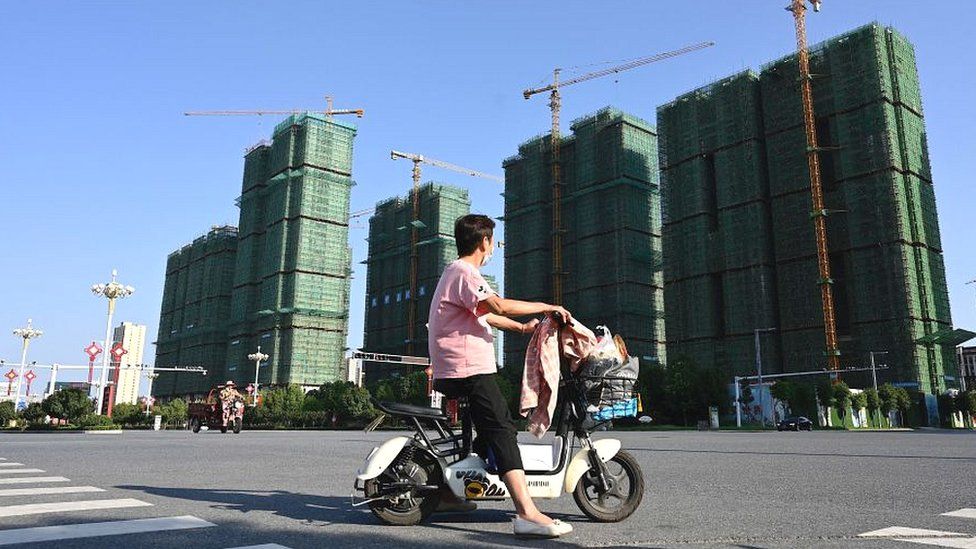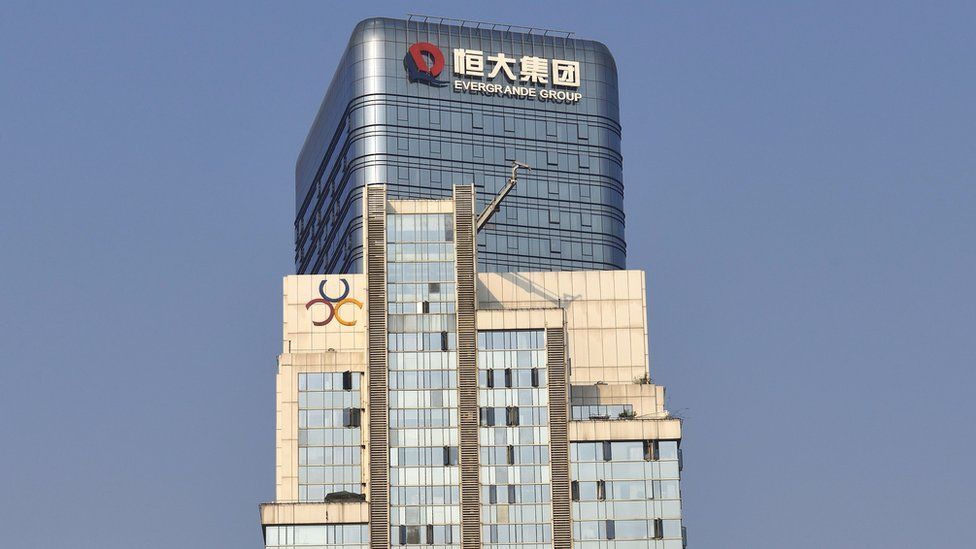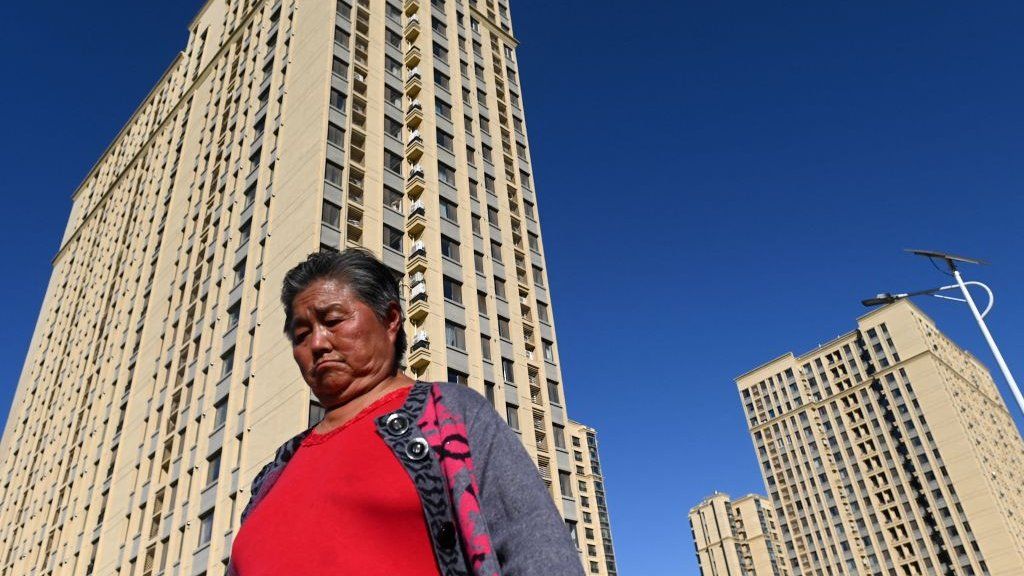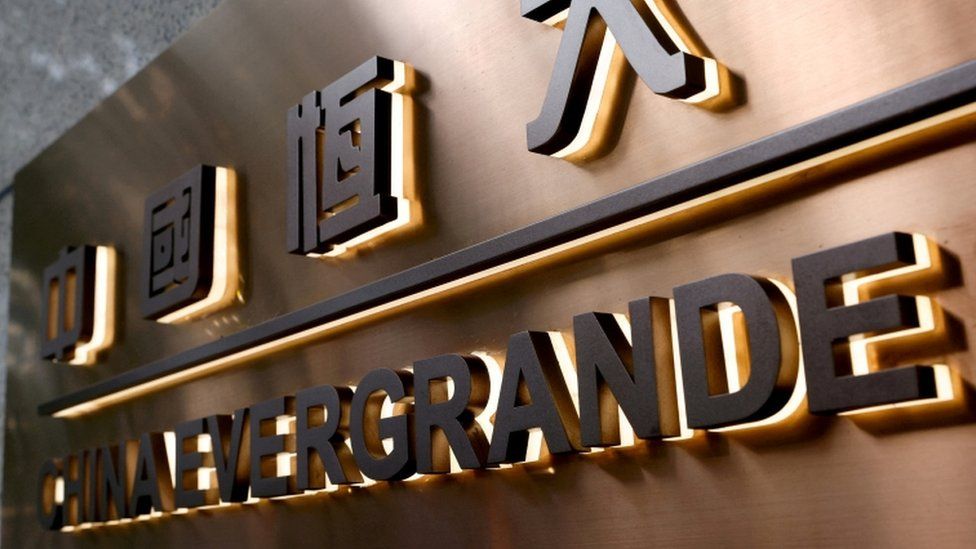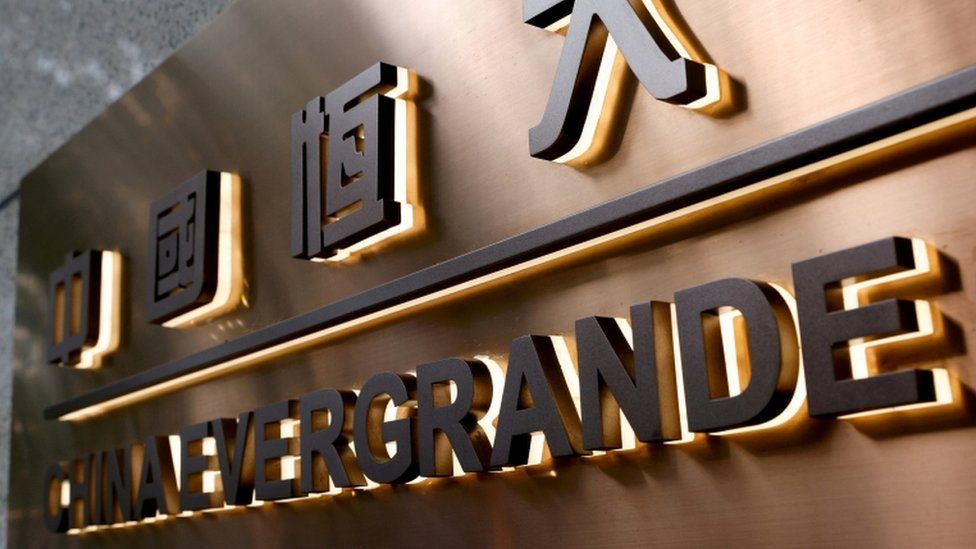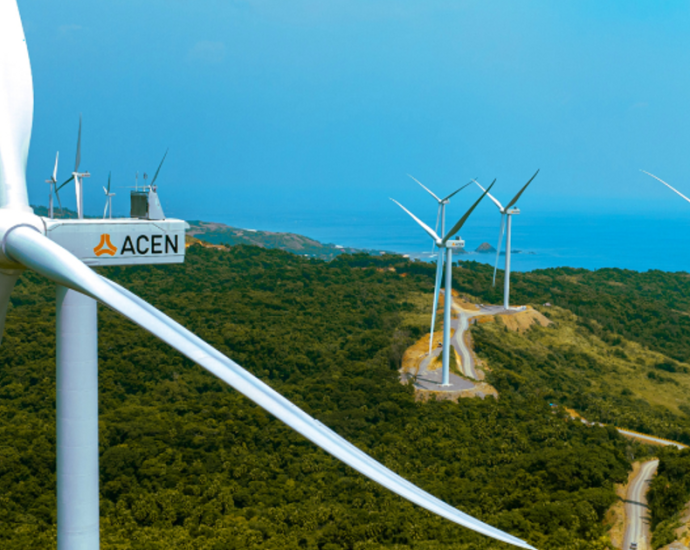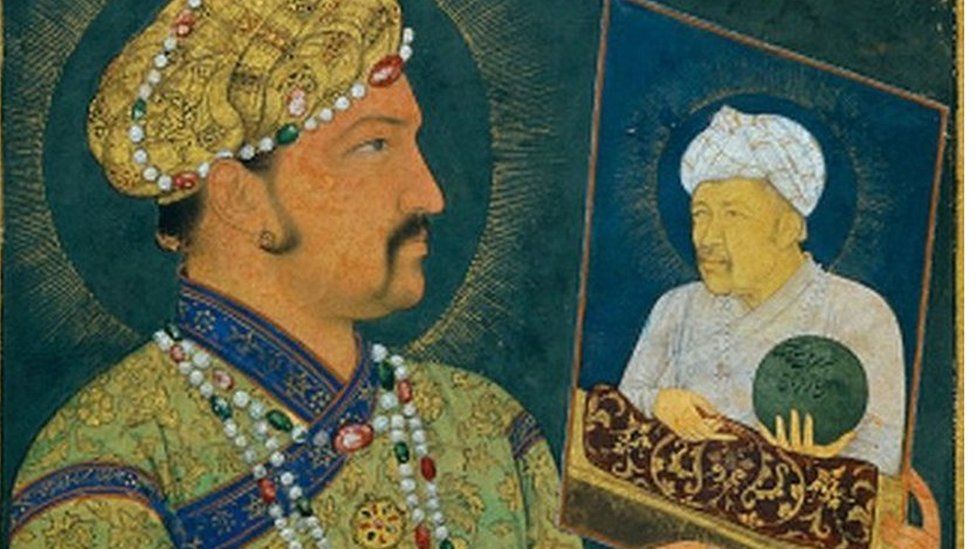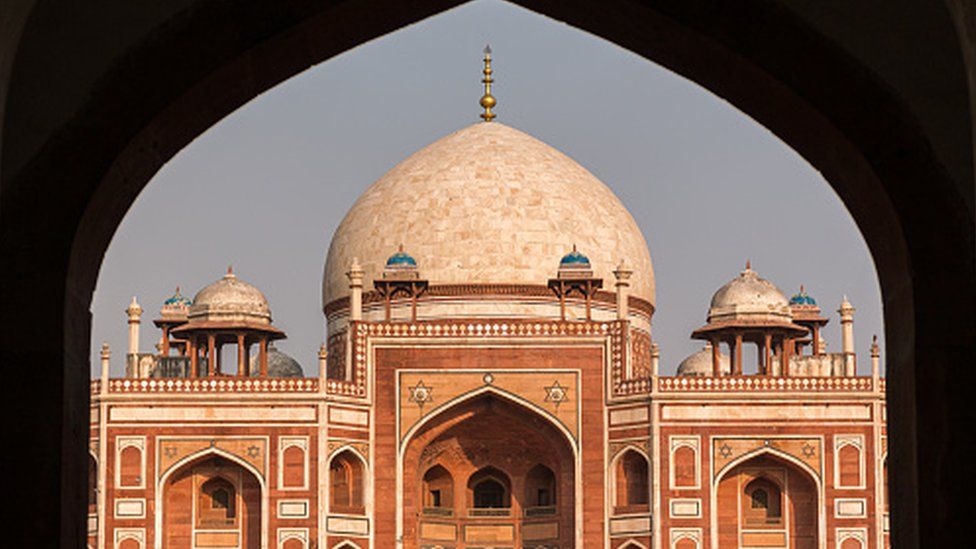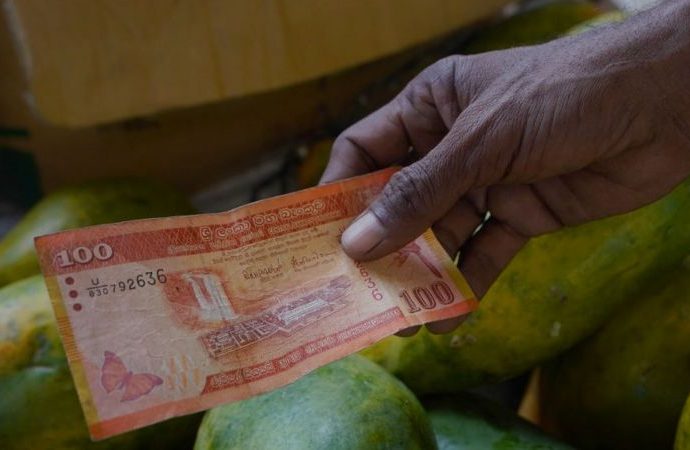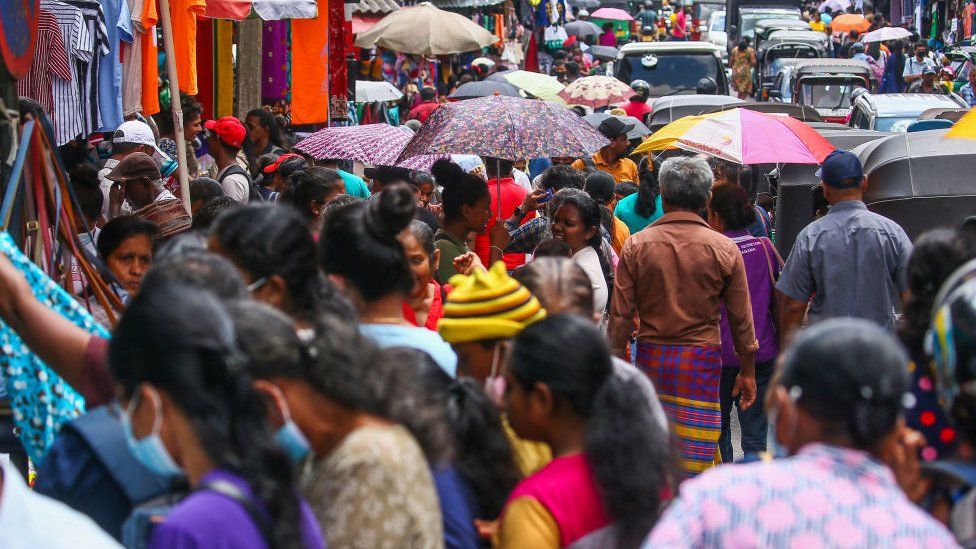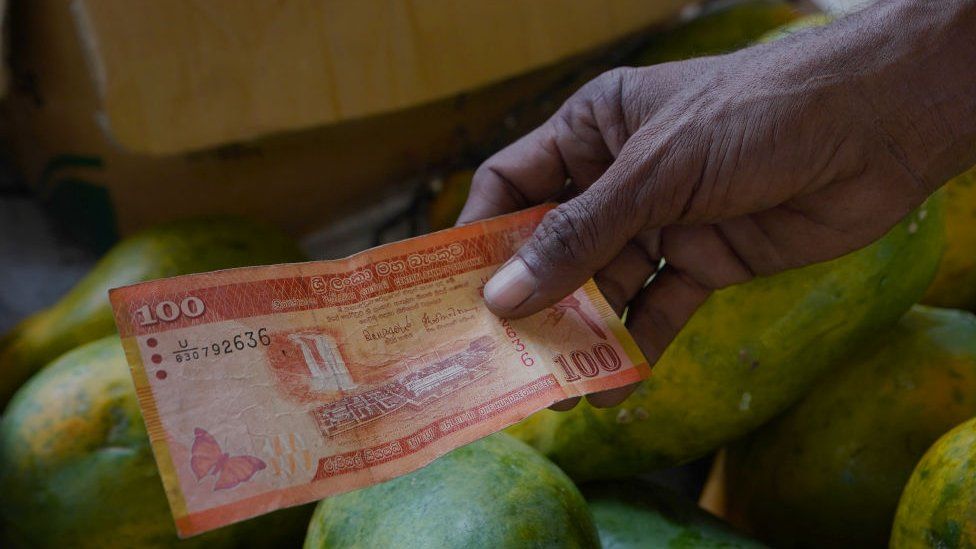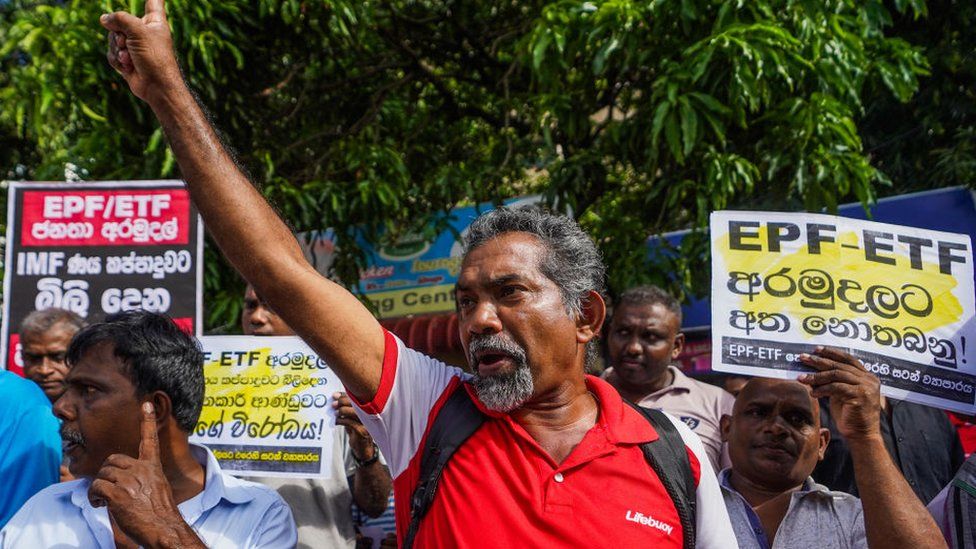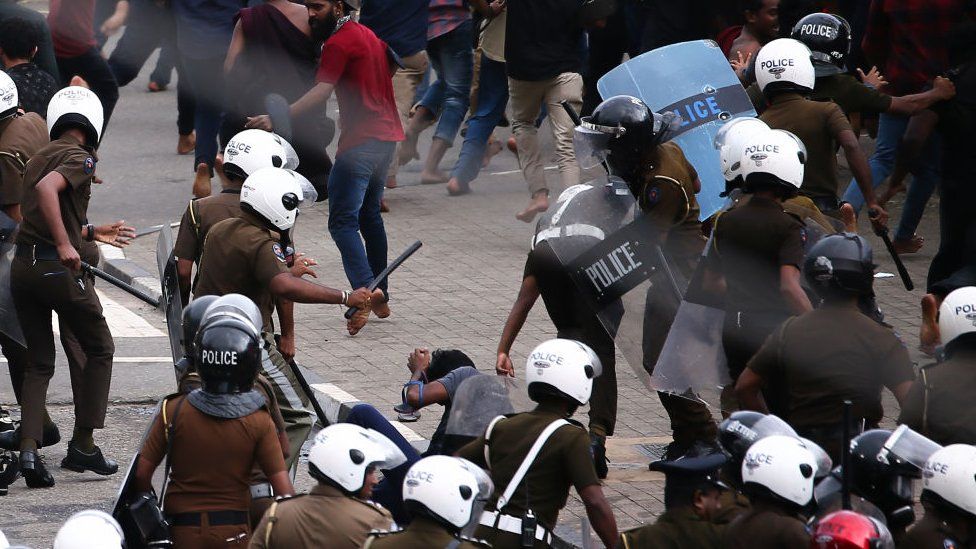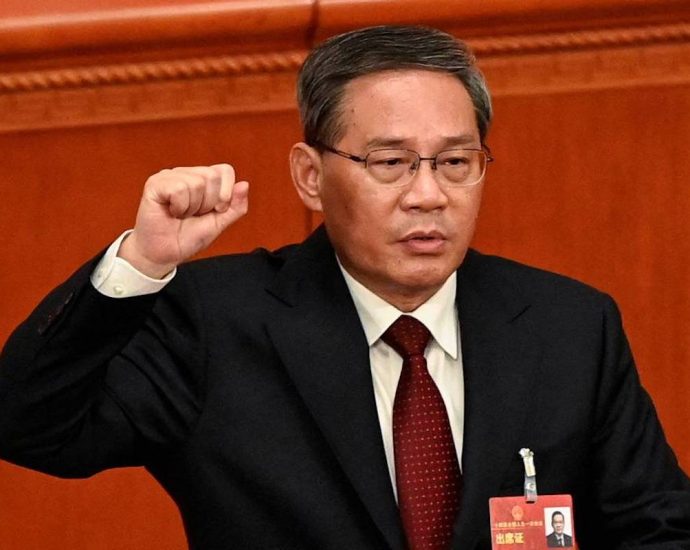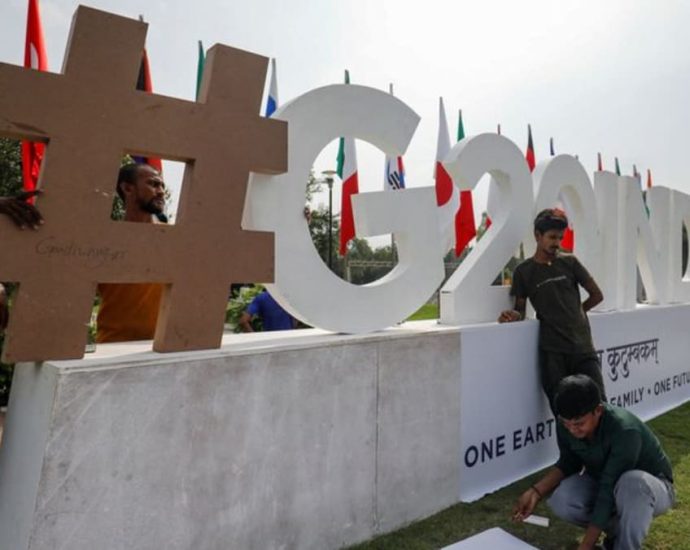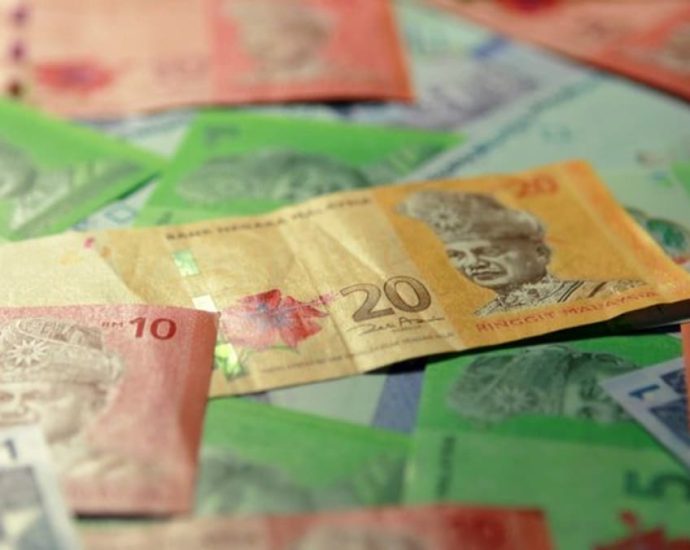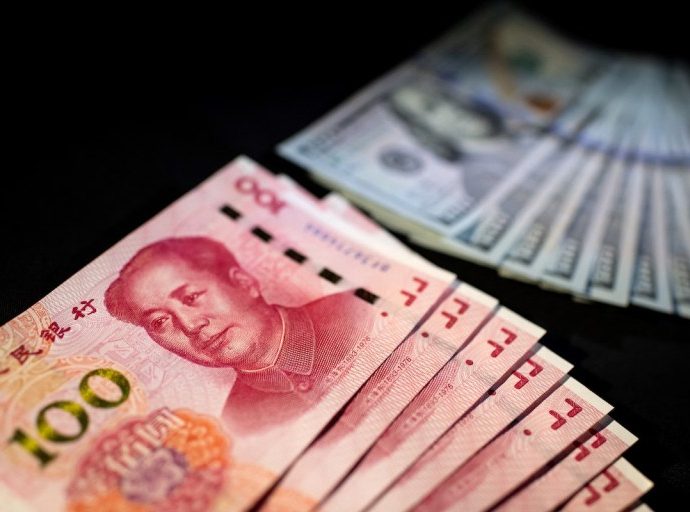Washington myopia undercuts Indo-Pacific partners
Over the last few weeks, Washington has been abuzz with everything India. On June 22, President Joe Biden, cabinet secretaries and the US Congress gave a rousing reception to visiting Indian Prime Minister Narendra Modi.
For his part, the prime minister cheered Republican and Democratic congressmen with his quip that he could “help them reach bipartisan consensus,” referring to the across-the-aisle support India enjoys in Washington.
It was certainly an apt decision to honor the Indian leader, given that the US-India partnership has significantly expanded under Biden. Both the White House and several members of the Biden administration, from National Security Advisor Jake Sullivan to Indo-Pacific Coordinator Kurt Campbell, have characterized it as the “most important bilateral relationship of the 21st century.”
However, over the last few months, some of the Biden administration’s regional policies in the Indo-Pacific have done more harm than good to its partners, particularly hurting India and its geopolitical leverage in the Indo-Pacific region.
The Biden administration’s foreign policy cut a significant departure from its predecessors until last month, when it returned to Washington’s old ways: myopic democratic interventions, benevolent outreach to adversarial nations and partisan bickering.
Over the last few weeks, Washington’s primary Indo-Pacific partners, India and Japan, have borne the brunt of these missteps.
Biden, in a last-minute change of plans, canceled his scheduled trip to Papua New Guinea and Australia to address the debt ceiling crisis in Washington, with Republicans stalling the Democrats from raising the debt ceiling levels.
While Secretary of State Antony Blinken went ahead with his own trip to Papua New Guinea and signed a crucial defense agreement with the Pacific Island nation, Biden’s cancelation of that leg of the tour was not the best messaging to a region increasingly falling under China’s orbit.
Prior to Biden’s cancellation, the Indian government had decided to accommodate his visit and cut short Indian official visits as a courtesy to the incoming American presidential delegation. Modi went ahead with his travel itinerary as scheduled – and turned it into an opportunity to showcase India’s position on the global stage.

New Guinea Prime Minister James Marape hailed Modi as the leader of the Global South. Taking an implicit jab at the United States and China, the island nation leader told Modi, “We are victims of global power play, and you are the leader of Global South. We will rally behind your leadership at global forums.”
While this was a minor setback for a coordinated approach toward Chinese expansionism in the Pacific, the Indian Ocean challenge is a more geopolitically complex Gordian knot.
In mid-May, Blinken threatened Bangladesh with sanctions if the Indian Ocean state did not host free and fair elections in the 2024 poll. Suppose the United States were to follow through with its threat.
In that case, India and Japan would be in a quandary as they have consistently positioned Bangladesh as a gateway connecting the Indian subcontinent to Southeast Asia for supply chain and infrastructure connectivity initiatives.
Geographically, Bangladesh is nestled between India’s state of Bengal to the west and India’s northeastern provinces to the east, bordering a thin strip of land the connects the rest of India to the northeast (also known as the “chicken’s neck”).
Thus the densely populated country’s interaction with the rest of the world is directed through India or the Bay of Bengal and the Indian Ocean.
Both New Delhi and Tokyo have invested in infrastructure in the region and have long-term plans to invest in Dhaka’s growth. Recently, Japan and India agreed to jointly develop the Matabari deep-sea port in Bangladesh to serve as a “strategic anchor” in the Indian Ocean.
Though often underreported, Japanese investment plays a vital role in South Asian development. Japan is also undeniably India’s Northeast region’s major infrastructure and development partner.

Through the Bay of Bengal-Northeast India Industrial Value Chain, the Japanese government envisions increased connectivity between India’s landlocked northeast and Southeast Asia, creating a single economic zone and an alternative trade connectivity project to China’s Belt and Road Initiative.
Japanese prime minister Fumio Kishida, articulating his government’s Free and Open Indo-Pacific strategy in New Delhi in early March this year, called for increased integration of India’s Northeast with Bangladesh to transform the region into a single economic zone.
Moreover, Japan is attempting to capture the businesses moving out of the pricier markets of Southeast Asia, using the Bay of Bengal region. Japan’s regional strategy has neatly complemented the Modi government’s policies.
Modi transformed the older “Look East” policy into an “Act East” policy of increasing strategic and economic engagement with Southeast Asia as a countervailing force to China’s involvement in the region.
Tokyo has slowly and steadily supported this transformation. A case in point is Tokyo and New Delhi’s hosting of the India-Japan Act East forum to discuss cooperation on a range of projects that will increase connectivity in India’s Northeast to Southeast Asia.
India’s Northeast has a history of civil unrest and strife, making it a challenging region for development. Furthermore, its landlocked topography and poor infrastructure limited its connectivity to both its neighboring countries and the rest of India. Only a party interested in the long game or having a vision for the region could invest in that part of the world, and in this case it is Japan.
Interestingly, as an extension, both Japan and India are engaging the immediate eastern neighbor to Bangladesh and India, Myanmar. Sanctioned by the United States, Myanmar has limited partners on the world stage. Nonetheless, Japan and India have continued engagement with the military junta to prevent the nation from falling entirely under China’s influence.
There, once again, Indo-Japanese interests are affected by America’s sanctions. In May, India-Myanmar inaugurated the Sittwe port in the Rakhine state of Myanmar. India supported this port to enhance sea lane connectivity between India’s eastern states and Myanmar.
However, since the sanctions, Indian companies have either had to depart Myanmar altogether or face global scrutiny for working with the military junta-led government.

As satellite images released earlier this year indicated, increased activity on the Great Coco Islands of Myanmar had the markings of Chinese military involvement. With the Great Cocos less than thirty miles north of India’s Andaman and Nicobar Islands, any potential militarization of the Coco Islands by the Chinese could pose a significant threat to India’s security in the Indian Ocean.
In this geopolitical equation, India cannot afford to disengage from Myanmar. And yet, America’s economic statecraft is undercutting India’s vital regional partnerships.
Henry Kissinger, who celebrated his 100th birthday in May, summed up this dynamic well: “It may be dangerous to be America’s enemy, but to be America’s friend is fatal.” It is undoubtedly proving so for Japan and India, but more so for New Delhi in the Indian Ocean.
Against the backdrop of these measures come the Biden administration’s attempts at thawing relations with China. While Biden departs from his predecessors as the only recent president not to ask for Kissinger’s advice, he is beginning to walk in the footsteps of the grand strategist by making attempts to mend ties with China.

From the dialogue in Vienna to Blinken rescheduling his trip to Beijing for last month to the official abandonment of economic “decoupling” for the less confrontational “de-risking,” Washington’s approach to China shows signs of softening.
While members of the Indo-Pacific Economic Framework for Prosperity (IPEF) agreed on moving ahead with a supply chain agreement in Detroit, US Trade Representative Katherine Tai met with her Chinese counterpart to discuss trade and economic ties in the same week on the sidelines of the APEC meeting.
Washington’s blow-hot, blow-cold approach does not reassure allies and partners – particularly partners that it courts for strategic competition with China – of the consistency of its priorities and policies.
Furthermore, Washington’s skewed sanction policies, opposing democratic backsliding in a few states at the same time it calls for engagement with authoritarian China, raise questions about the motives behind such policies.
While the United States has sanctioned Chinese officials allegedly involved in human rights abuses in Xinjiang, it continues to do massive business with Beijing. This selective condemnation only further isolates partners and strengthens Chinese engagement with the sanctioned nations.
This misbegotten strategy, according to Rob York, director for regional affairs at Honolulu’s Pacific Forum, is “a holdover from America’s unipolar moment that we need to outgrow. America’s moral authority, and the benefits of aligning with Washington, are no longer assumed but must be competed for, and sanctions must be employed far more judiciously than they have been.”
This type of awakening to multipolar realities of the world order should inform Washington of the pitfalls and shortsightedness of its foreign policies. America’s sanctions and other tools of economic statecraft should not be used for democratic interventions but to deter its enemies. If not, the United States will have few allies in its strategic competition with China.
Akhil Ramesh ([email protected]) is a senior fellow at the Pacific Forum and author of the US-India chapter for Comparative Connections: A Triannual E-Journal of Bilateral Relations in the Indo-Pacific.
The article in this version was first published by Pacific Forum. An earlier version appeared in The National Interest. Asia Times is republishing with kind permission.


